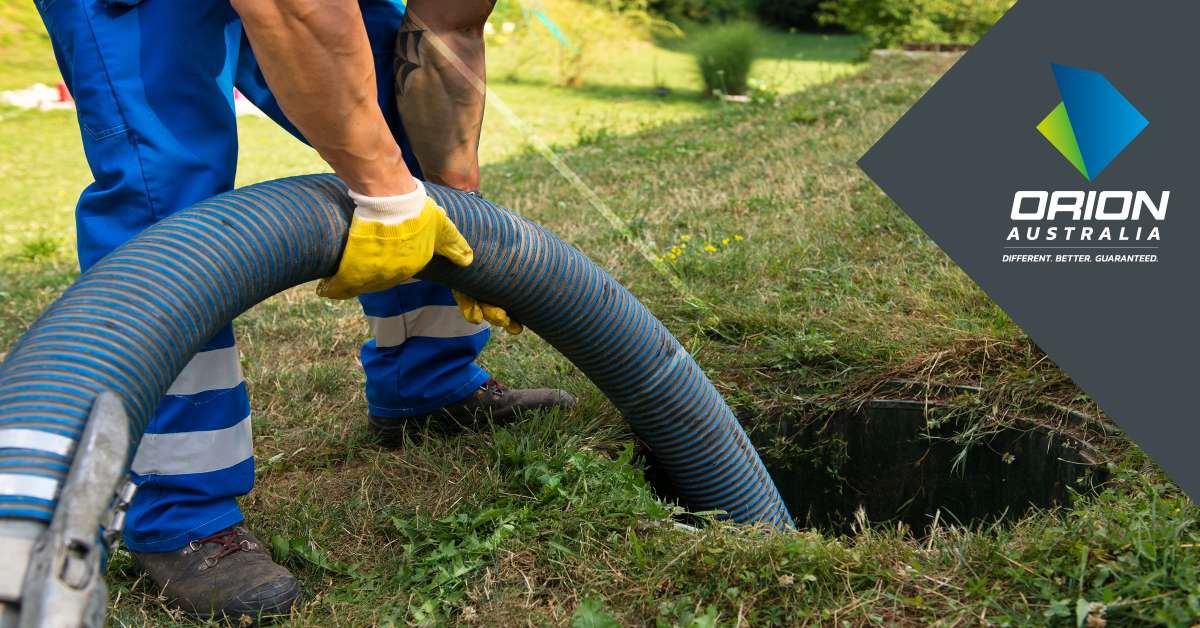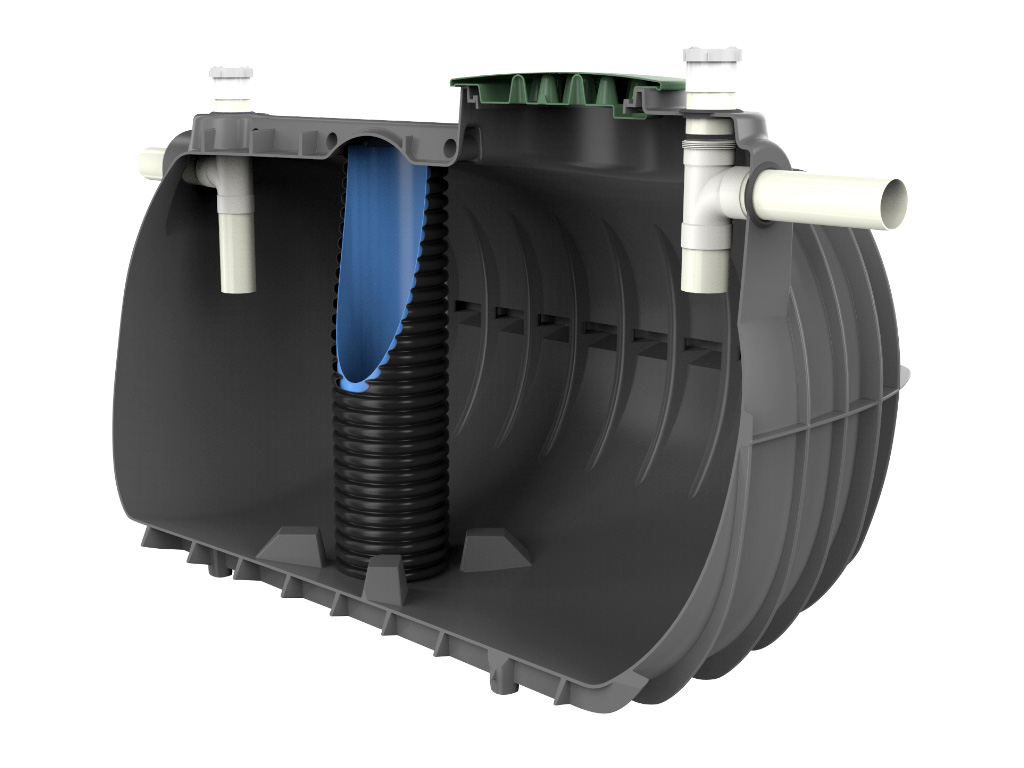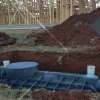25 January 2022
How Often Should I Pump out my Septic Tank? How Much will it Cost?
Are you wondering whether it’s time to get your septic tank emptied? Have you noticed unpleasant smells coming from your plumbing system, or just bought a new property and want to start with a clean tank?

Whatever the case, your septic system does need to be emptied every now and again. In fact, it’s a good idea to have a regular maintenance schedule in place to ensure that your septic system functions at peak performance.
Of course, nobody loves talking about sewerage, but your septic system is a serious investment, and it’s important to understand the process and how to maintain it.
So, let’s take a moment to zoom in and have a quick look at how it all works:
What is a Septic System and when is it Needed?
Removing effluent from your property isn’t an option. If your property isn’t serviced by reticulated sewerage, you’ll need to install a wastewater treatment system of some sort.
A septic system is simply a mini sewerage treatment process that happens underground on your own property. It deals with the sullage (greywater), and toilet waste from your home.
So, how does it work?
A domestic septic system isn’t rocket science. And it’s not complicated either: wastewater is piped into a holding tank (either poly or concrete) where it ‘settles’ - heavy matter sinks to the bottom of the tank as sludge, the water sits on top of that, and the oils and grease form a scum or crust on the surface.
A good proportion of the sludge is broken down into liquid form by good bacteria. The rest stays at the bottom of the tank and needs to be cleaned out periodically.
The effluent drains out into a system of in-ground soakage drains where it is taken in by the surrounding soil and absorbed back into the environment.
That’s it in a nutshell.
What Happens to the Sludge in my Tank?
As we mentioned before, heavy matter that enters your tank sinks to the bottom of the tank and sits there as sludge. A lot of it will be broken down by good bacteria, but what’s left will eventually need to be pumped out.
The number of people in the household will directly affect the amount of waste that’s pumped into your septic tank. For a family of 5 we recommend installing a large tank with a capacity of at least 4500L. On the other hand, if you’re a household of just 2 people, a tank with a capacity of 3250L should be sufficient.
If your septic system is working well, it can mostly be left alone to do its thing in peace. In fact, it mightn’t need cleaning out for 10 years at a stretch! However, as a rule of thumb, we recommend having your septic tank pumped out every 3 - 5 years.
Do Bloo Septic Tanks have a Baffle?
No. Why? Because they don’t need it.
Nobody wants to be pumping fats and oils out of their septic tank and into the environment. The purpose of a baffle is to slow down the flow of liquid and allow time for the fats and oils to separate and rise to the top of the tank so that they can be separated before the water is discharged.
Because of the low profile shape of a BLOO Septic tank, there is plenty of distance between the inlet and the outlet which allows time for the natural segregation process to take place. In addition to this, the inlet and outlet pipes on the Bloo tank are both a T shape and have been positioned so that liquid doesn’t flow into or out of the tank at the top - it flows in and out from partway down the tank. This ensures that the scum remains at the top and only the treated water is discharged from the tank.

Can I Pump out a Septic Tank Myself?
No. Dealing with sewerage is no job for a novice and there are laws that surround the disposal of this kind of waste. In short, it’s best to get in contact with a certified waste disposal company and let them deal with your business!
What Will it Cost to Have my Septic Pumped Out?
The cost to pump out your septic will be relative to the size of the tank, but as a ballpark figure, you could expect to pay around $ 300 - $600 for a 3250L tank. A larger tank could cost substantially more. For a firm price, it’s important to contact your local waste disposal company and have them visit your site and quote accordingly.
How Can I Save on Septic Costs?
Prevention is better than cure: by treating your septic system correctly, you’ll be able to spin out the time between pump-outs and prolong the life of your waste treatment system.
Carry out physical checks of your tank and soakage trench area regularly. Look for signs of an unhealthy system. Check pipework and fittings.
Here are a few things you should NOT put down your pipes:
- Chlorine bleach
- Excess fat or oil
- Antibacterial cleaners/handwash
- Paint
- Disposable wipes/personal hygiene products/disposable nappies
- Kitty litter
Many household detergents contain chemicals which can be harmful to the balance of bacteria inside your septic tank. Wherever possible, choose natural cleaners or products which are septic-safe.
Avoid planting trees close to the tank and the soakage trench areas. Roots will find their way to the water source and could end up damaging or destroying pipework.
How Do I Know when my Septic Needs Pumping?
As a responsible homeowner, it’s important to maintain a regular maintenance schedule for your septic system. This means having it checked on a regular basis by a professional and getting it pumped out when needed.
However, if the system is full, it won’t fail to let you know! Here are a few tell-tale signs that your septic system might be too full:
- Slow-draining sinks or toilets
- Sewerage backup
- Foul smells inside the home
- Water pooling in the soakage trench area
- Odours around the tank itself or the soakage trench area
If you have concerns about the health of your septic system, speak to your local plumber and get professional advice.
Can Stormwater go into my Septic Tank?
No. Stormwater should never be piped into your septic system for the simple reason that it is likely to flood the tank.
Bloo Underground Holding tanks are perfect for storing stormwater and/or other excess water on your site, and they’re available in both 650L, 1250L, 3500L and 4500L capacities!


